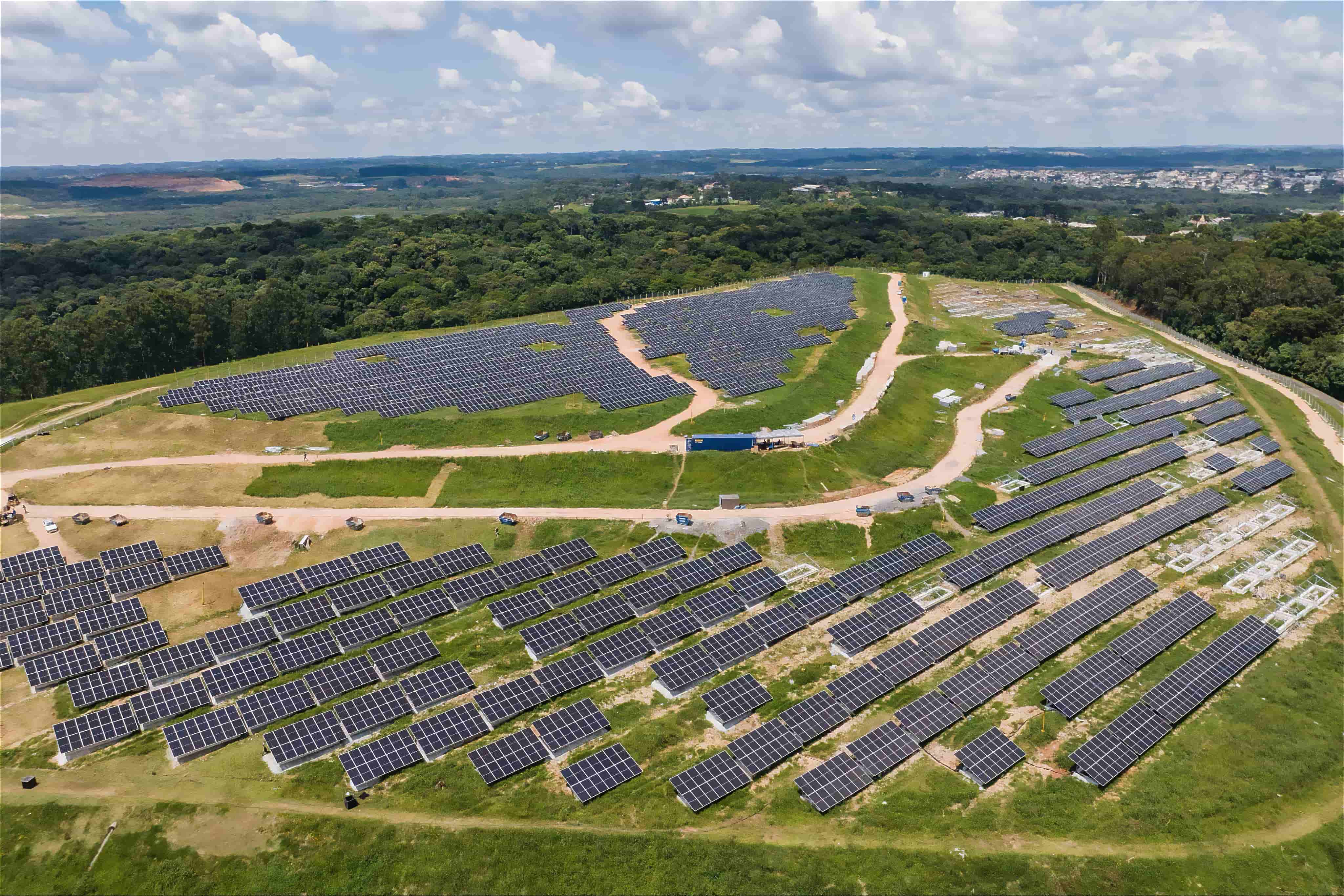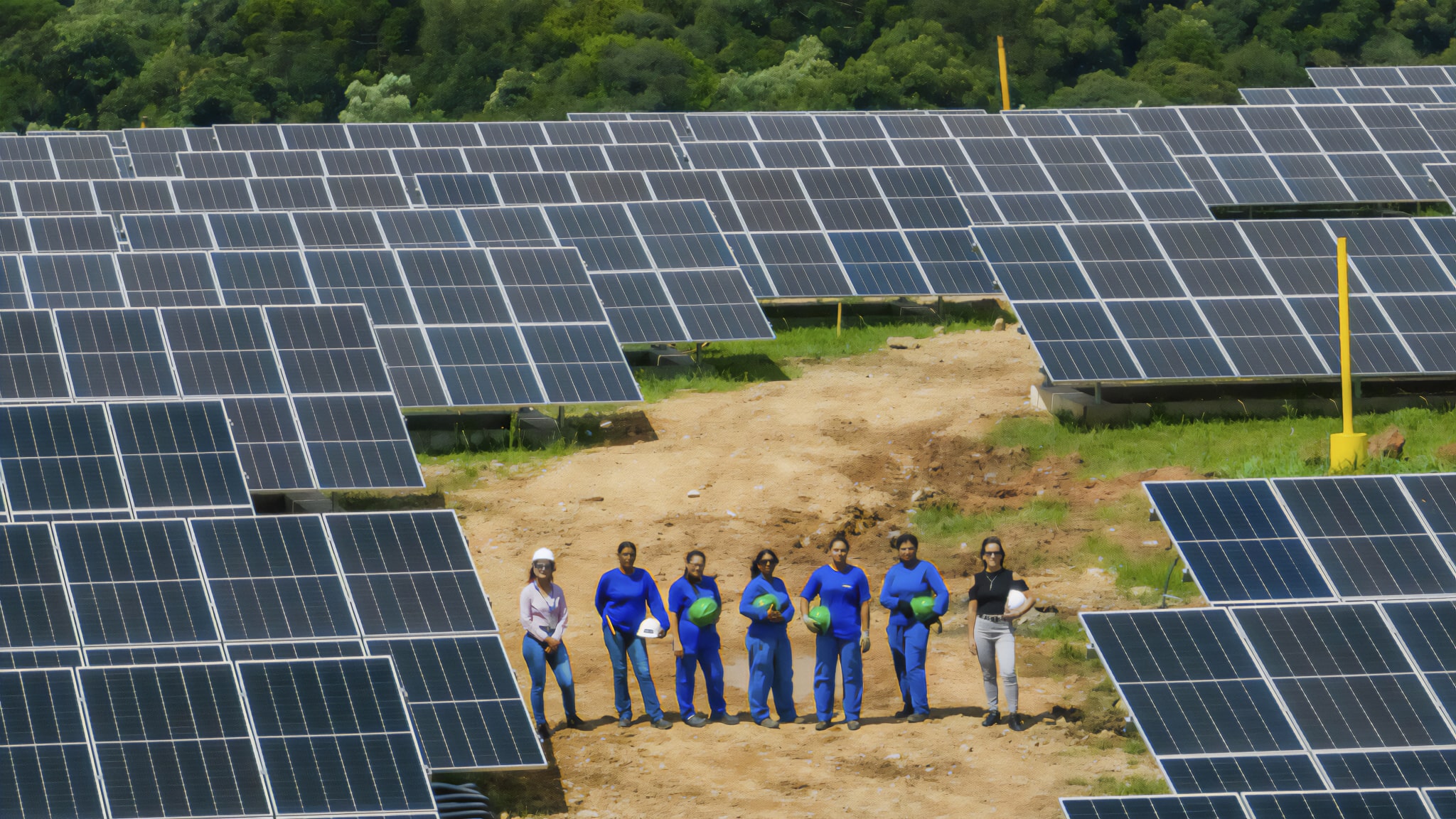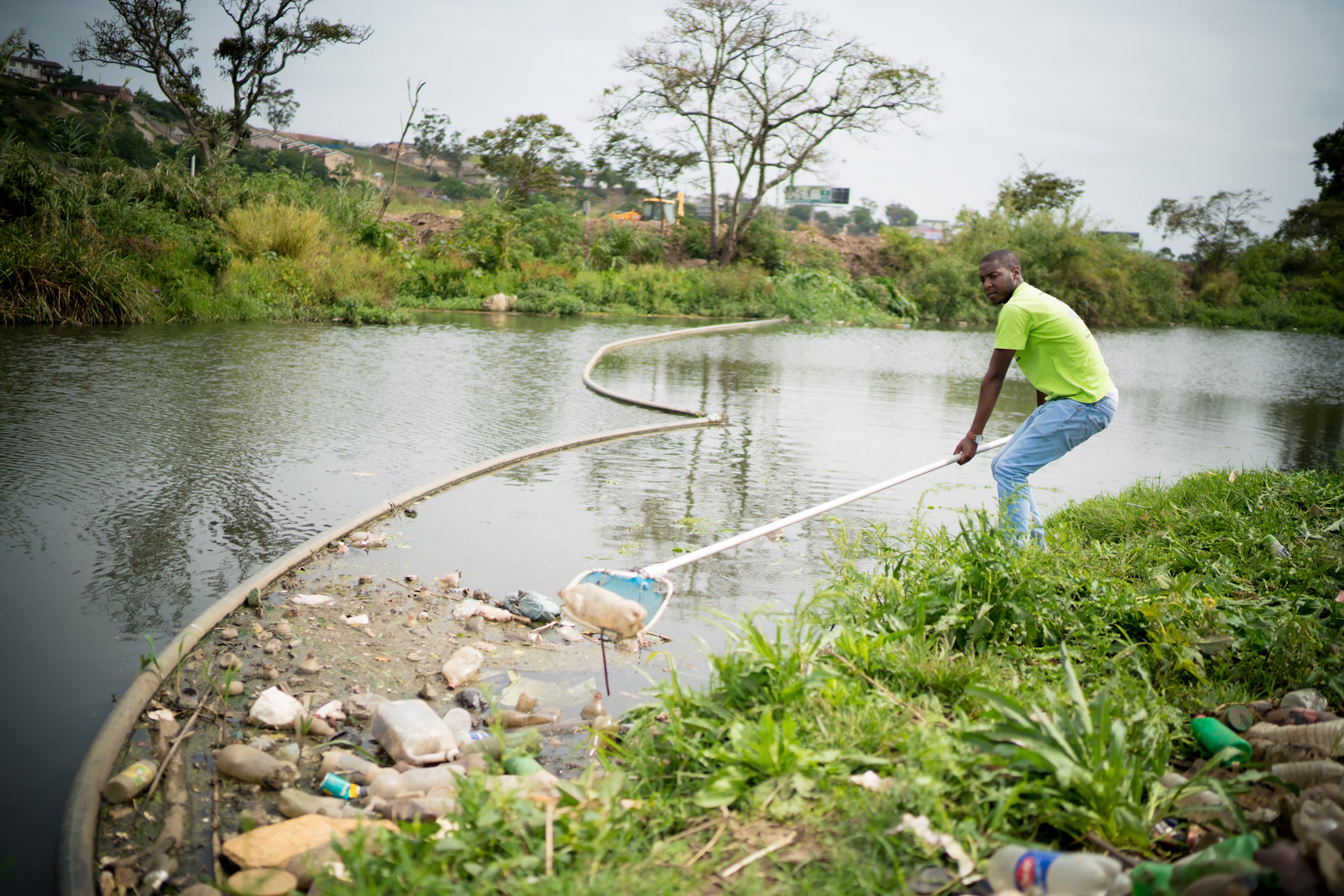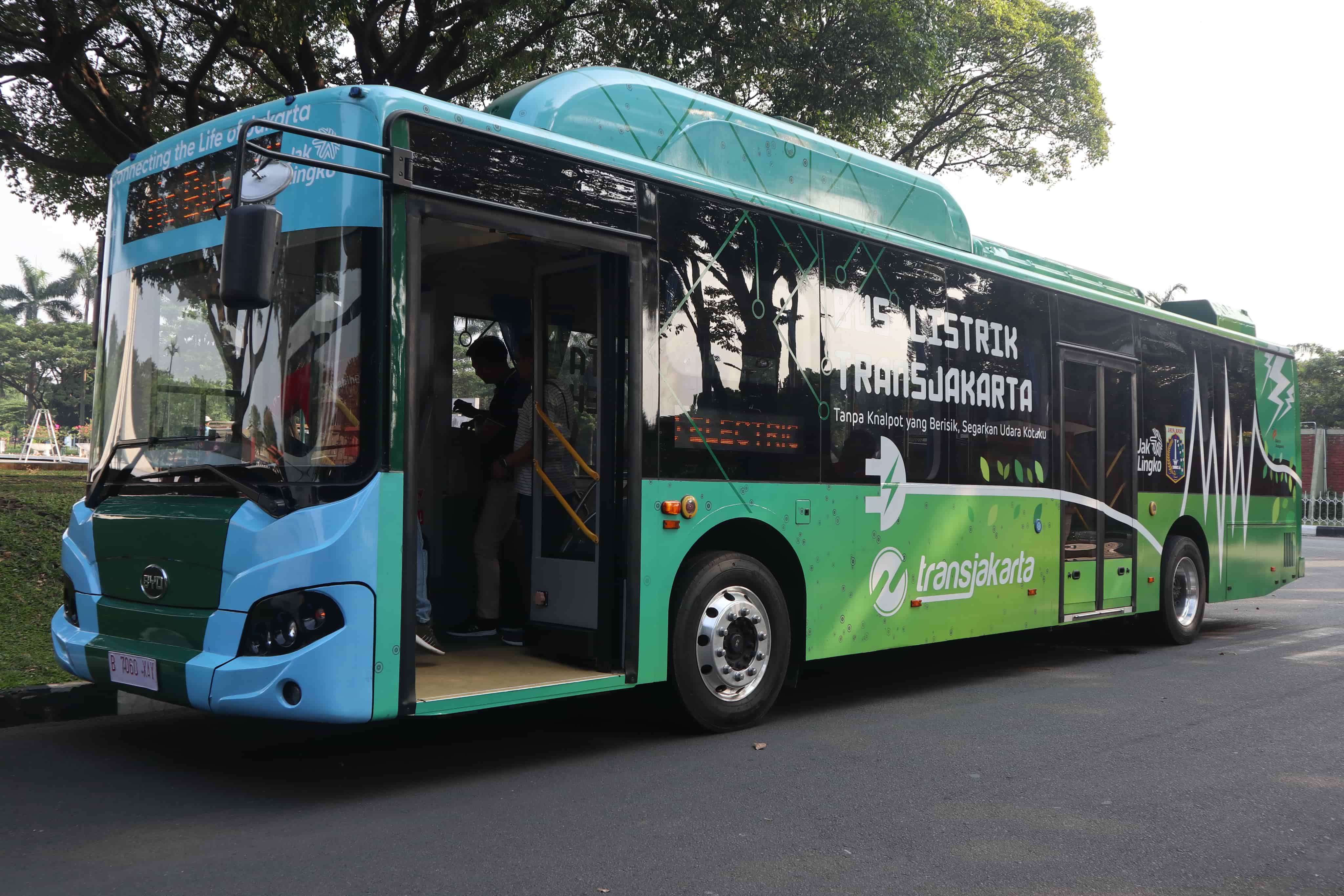Solar Energy on a Deactivated Landfill and Bus Stations
In March 2023, Curitiba officially launched its Solar Pyramid - Pirâmide Solar do Caximba, a landmark project representing the first solar plant to be built on a former landfill in Latin America. This project serves as an example to cities across Brazil and Latin America of how to deliver clean, affordable energy while reducing a city’s dependence on an urban energy grid that is often reliant on fossil fuels.
ABOUT
Energy
Investment volume
€6,514,200
GHG reduction by 2050
90,000 tonnes CO₂e
Project status
Operational
IMPACT
By February 2025, the 8,600 photovoltaic panels had generated 10,046 MWh (megawatt-hours), and all of the energy generated is currently distributed to 316 public buildings belonging to the Curitiba City Hall. It is expected to reduce CO₂ emissions by 90,000 tonnes in the 2020–50 period (equivalent to taking over 20,000 cars off the road for a year) and generate monthly savings of 30% of the electricity bill for the municipality's public buildings, which could amount to US$ 500,000 per year. The energy generated is fed into the distribution grid of the Paraná Electric Power Company (Copel), and the value is deducted from the municipality's electricity bill.
As well as the significant energy and cost savings, the project also included a partnership between AB Solar, a local practitioners network, and the city to collect gender-disaggregated data on employment in the solar sector to better understand where gender-specific barriers to employment exist and enable greater gender inclusivity in the planning and implementation stages of the project.
The Curitiba Solar Pyramid has also become a hub for sharing knowledge about renewable energy. The City Hall organizes guided tours for various groups, including students, private sector, and government officials from other cities and countries. In 2024 alone, the site welcomed 877 visitors from Curitiba, other parts of Brazil, and international delegations from countries like Mexico, Bolivia, Argentina, and Germany.
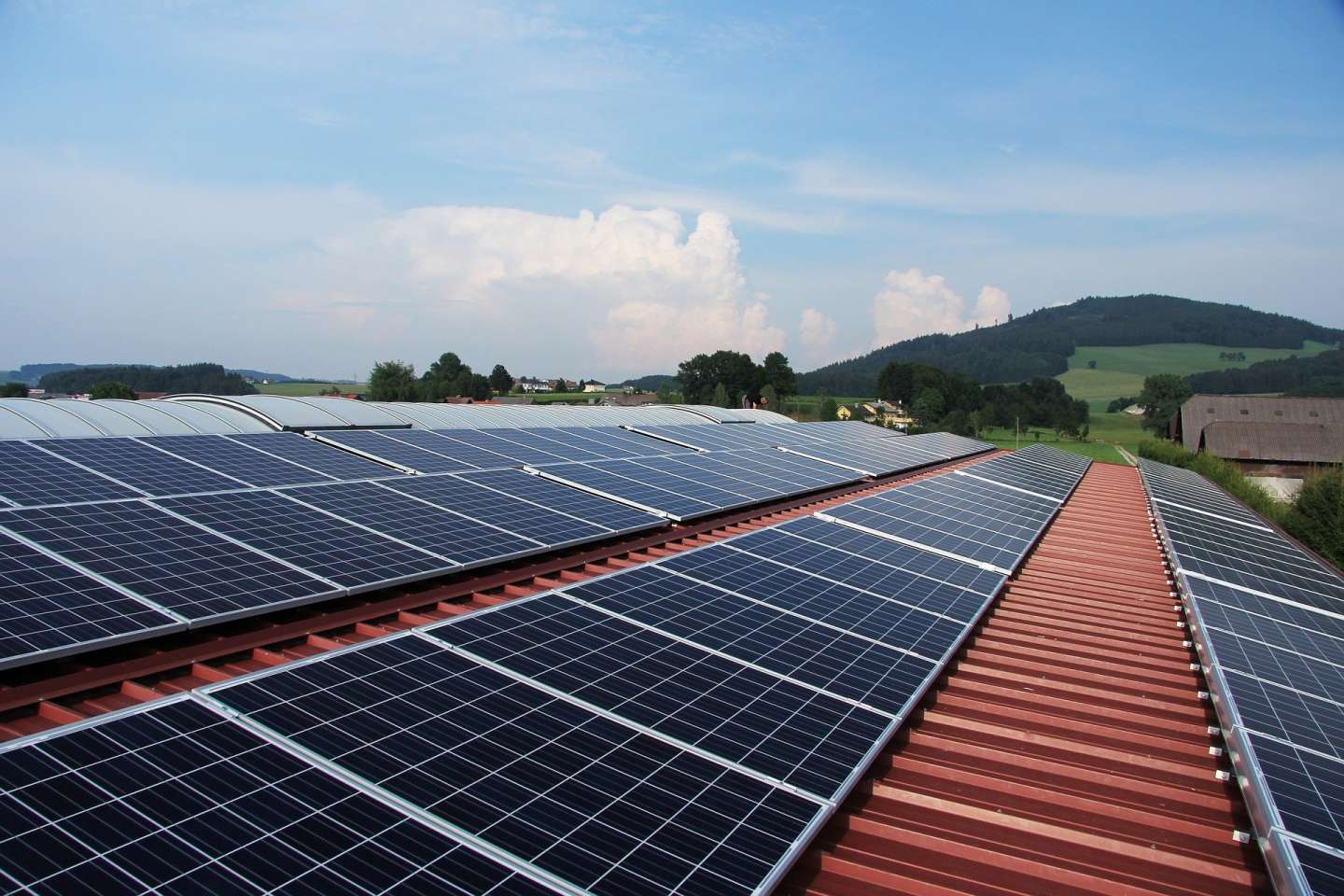

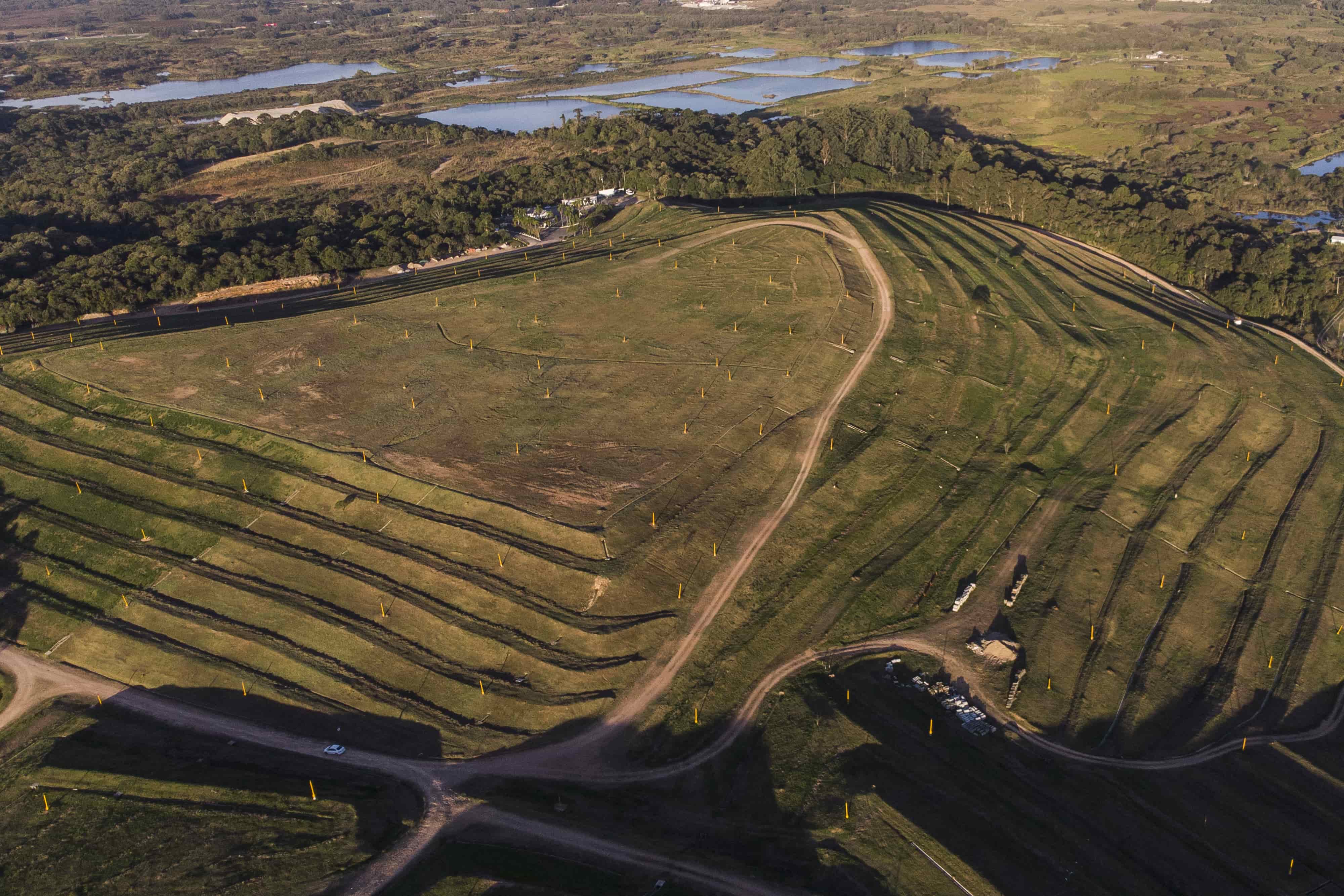

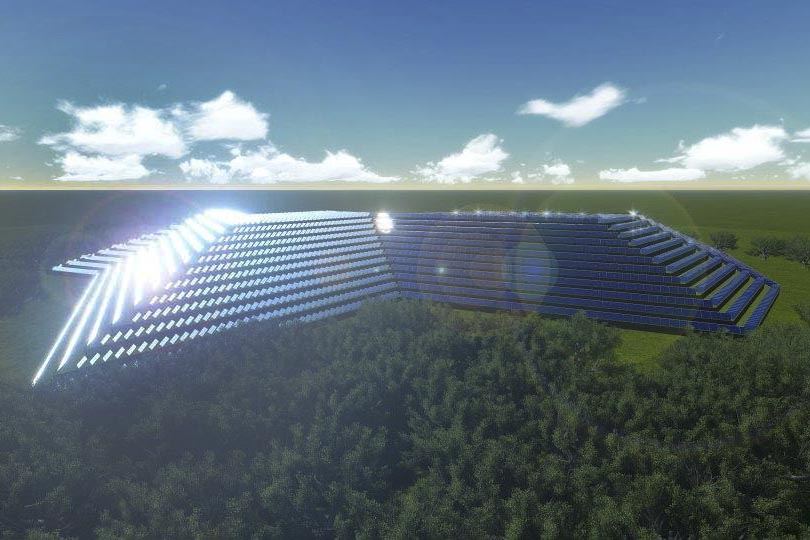
HISTORY
Curitiba sources almost the entirety of its energy from hydroelectric power, but due to frequent droughts, the city has to rely on fossil gas and coal plants to supplement energy shortages.
Before the project was given the green light, Curitiba was aiming to achieve energy resilience, reduce its dependence on the grid and increase its share of clean energy. The city was also looking to adopt a more sustainable model for financing a transition to renewable energy that could also be replicated at other sites throughout the city.

